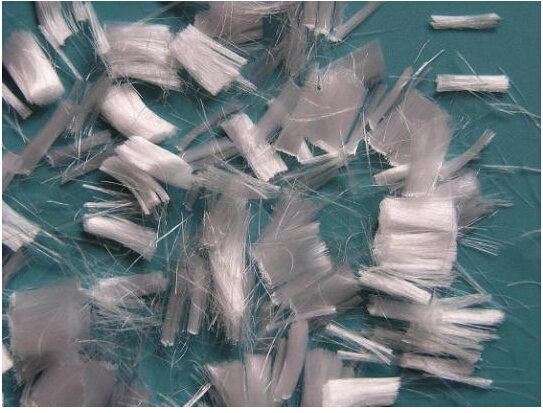- Understanding the Role of Geomembrane Liners in Waste Management
- Innovations in Geomembrane Liners for Water Management
- Geomembrane Liners: A Comprehensive Guide
- The Future of Geomembrane Liners in Civil Engineering
- Geomembrane Liners: Enhancing Landfill Stability
Manager:
WhatsApp:+86 177 0135 2670
Tel:+86 177 0135 2670
Email:marketing@okorder.com
Address:3rd Floor, No.2 Building, No.1 Sanlihe Road
The Science Behind HDPE Geomembranes
hdpe Geomembranes, a wonder of modern engineering, are versatile, durable, and highly efficient materials used in various applications such as waste containment, water management, and environmental protection. But what exactly are they, and what makes them so special? Let's dive into the science behind these incredible materials and explore their properties, applications, and benefits in a more personal and engaging way, without the usual formal tone you might expect in a scientific discussion.

The Essence of HDPE
High-Density Polyethylene, or HDPE, is a type of plastic that is known for its high strength-to-density ratio. It's a polymer made from the ethylene monomer, which is derived from natural gas or petroleum. HDPE is a cousin to the more commonly known low-density polyethylene (LDPE), but with some key differences. HDPE has a more linear structure, which translates to better strength, chemical resistance, and temperature tolerance.
How HDPE is Made
The process of creating HDPE geomembranes involves polymerization, a chemical reaction where ethylene molecules are combined to form long chains. These chains are then processed and extruded into thin, flexible sheets. The extrusion process is carefully controlled to ensure uniformity and quality. After extrusion, the sheets are cooled, rolled, and cut to size.
Why HDPE Stands Out
One of the standout features of HDPE geomembranes is their impermeability. They are virtually waterproof, making them ideal for applications where preventing fluid leakage is critical. Their resistance to chemicals, UV radiation, and temperature extremes also makes them suitable for long-term outdoor use. Additionally, HDPE is lightweight and flexible, which simplifies installation and adaptability to different surfaces.
Applications Galore
HDPE geomembranes are not one-trick ponies. They shine in a variety of applications, from lining landfills to create a barrier against environmental contamination, to constructing water reservoirs and ponds. They are also used in agricultural projects for pond lining and irrigation systems, in mining for tailings containment, and in the construction of canals and dams.
The Environmental Edge
When it comes to environmental impact, HDPE geomembranes have a lot to offer. They help prevent soil and groundwater contamination by acting as a barrier against pollutants. This is particularly important in waste management facilities, where they prevent the leakage of hazardous substances into the environment.
The Human Touch
While HDPE geomembranes are a product of science and engineering, their impact on our lives is profound. They contribute to cleaner water, safer waste disposal, and more sustainable infrastructure. It's not just about the material itself, but also about the people who design, install, and maintain these systems, ensuring that they serve their purpose effectively and safely.
The Future of HDPE
As we look to the future, the demand for HDPE geomembranes is likely to grow as the world becomes more conscious of environmental issues and the need for sustainable solutions. Innovations in manufacturing processes and materials will continue to enhance their performance and reduce their environmental footprint.
Wrapping Up
In conclusion, HDPE geomembranes are more than just a material; they are a testament to human ingenuity and our ongoing quest for a cleaner, safer, and more sustainable world. Their unique properties and wide range of applications make them an essential component in modern engineering and environmental projects. So, the next time you see a pond, a dam, or a landfill, remember the science and the people behind the scenes that make such structures possible.
- Previous:HDPE Geomembranes in Canal Lining: Efficiency and Sustainability
- Next:The Impact of HDPE Geomembranes on Agricultural Practices
-
2024-12-05Geomembrane Liners: A Comprehensive Guide






